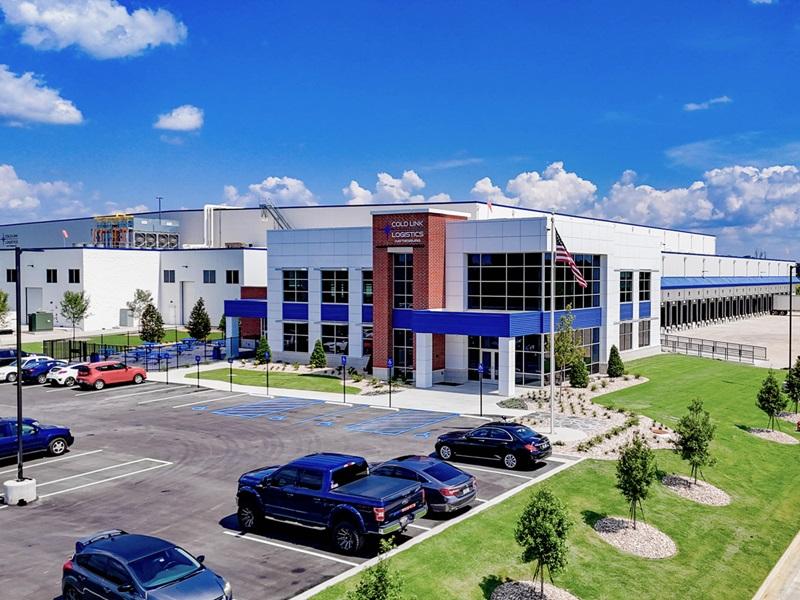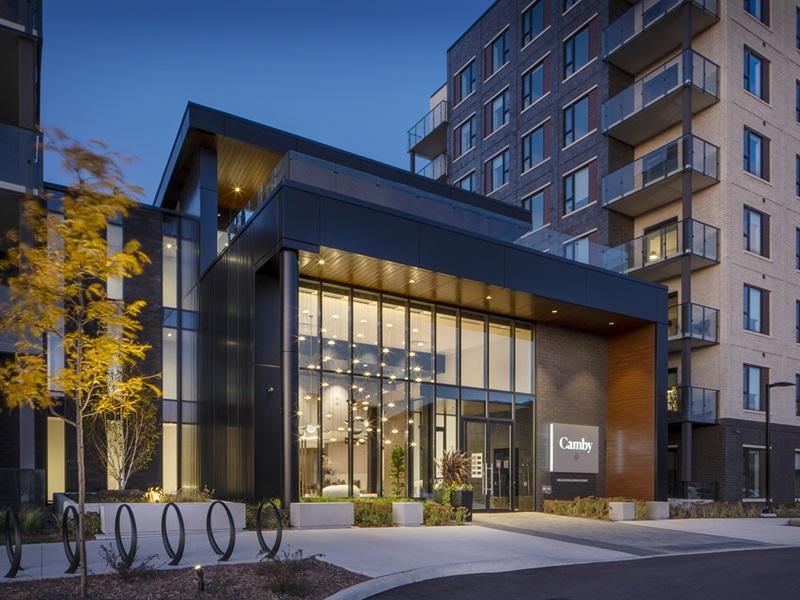GUEST COLUMN: Earlier this month, Rogers announced it is beginning to roll out Canada’s first 5G network that will eventually reach more than 20 major local markets by the end of 2020.
5G has become a bit like the mystery prize on a television game show.
It’s coveted, it gets people excited, but by and large, nobody knows what it is or how it works. At WiredScore, we view 5G as an extremely powerful tool that will revolutionize the connectivity of our world and fundamentally change how we live and work.
Major industry players understand this to be true and are racing to get on board.
In the near future, 5G will unlock new potential through the enhancement of three factors:
1. Speed that’s 10 times faster than 4G (imagine downloading an HD movie in seconds instead of minutes);
2. Capacity that enables the connection of more devices in the same network (think smart cities with interconnected traffic lights and trash cans);
3. Ultra-low latency, i.e. the time it takes to collect, analyze and act on data, which will greatly assist technology-based functions like autonomous vehicles.
However, as with any new technology, a few major misconceptions have caught the public’s attention that could threaten its effectiveness within the commercial real estate world and beyond.
To help eliminate confusion around what will soon be known as the biggest driving factor ushering us into the next era of digital technology, here are the three biggest questions and misconceptions we’ve heard about 5G and the truth behind them.
When will 5G be commonly adopted and used?
Much to the chagrin of many, widespread 5G adoption will not be as simple as flipping a switch. Wireless carriers (like Rogers and others in the global 5G Future Forum) are focusing on outdoor deployments and large arenas first, with each provider targeting about 30 cities by early 2020.
Where does this leave in-building coverage? Well, likely spotty at best.
Carriers are not currently prioritizing 5G in buildings, and challenges such as Low-E glass are not helping. The high frequency of 5G’s signal has a difficult time getting through Low-E, which amounts to two feet of concrete around the building for the signal to penetrate.
Developers, landlords and buildings owners will need to proactively enhance the digital infrastructures of their buildings to ensure their tenants maintain seamless connectivity when they leave the public domain and enter the building.
Will 4G go away?
5G is an extension, not a replacement, for 4G.
The activation of one on a widespread scale will not make the other obsolete. In fact, 4G and 5G are designed to work together for the next several years.
Think of 5G as the HOV lane for those devices and applications which qualify and really need the extra speed, while many devices and applications will continue to do just fine in the regular lanes (e.g. 4G and LTE) for years.
Can I upgrade existing in-building solutions?
As mentioned earlier, 5G coverage will be virtually non-existing indoors without an in-building cellular solution. Many buildings today have in-house solutions already, but they will need to be upgraded to accommodate 5G, sometimes requiring a full rip-and-replace.
The challenge is that many of the in-building systems that have been installed in North America were installed or funded by wireless companies, something that will no longer be happening as they focus on outdoor rollouts for 5G.
As a result, there will be a further shift in responsibility for indoor coverage from the providers to landlords and tenants. This shift started to take place about two years ago.
Compared to Europe, North America is already very mature in terms of integrating Distributed Antenna System (DAS) solutions into buildings. However, having a DAS for today’s requirements does not mean you are future-ready for the needs of 5G.
Multi-operator, flexible solutions exist but will require landlord investment.
Allied REIT is one owner/operator making the crucial investment in upgrading the digital infrastructure of its portfolio.
Starting with 122 buildings across the country, Allied’s proactive decision will enable the company to enhance the level of digital connectivity available to its tenants, and protect buildings from becoming obsolete as new, more advanced technologies emerge.
Moving forward
5G will undoubtedly be a tremendously useful tool for connectivity in our personal and professional lives, but it will likely take time before it becomes commonplace in every aspect of our day-to-day routines.
While the high frequency of 5G makes in-building reception a challenge, there are solutions that can prepare your building for early adoption of 5G when it becomes available.
For building owners and tenants, the time to plan out a future-ready strategy is now.







